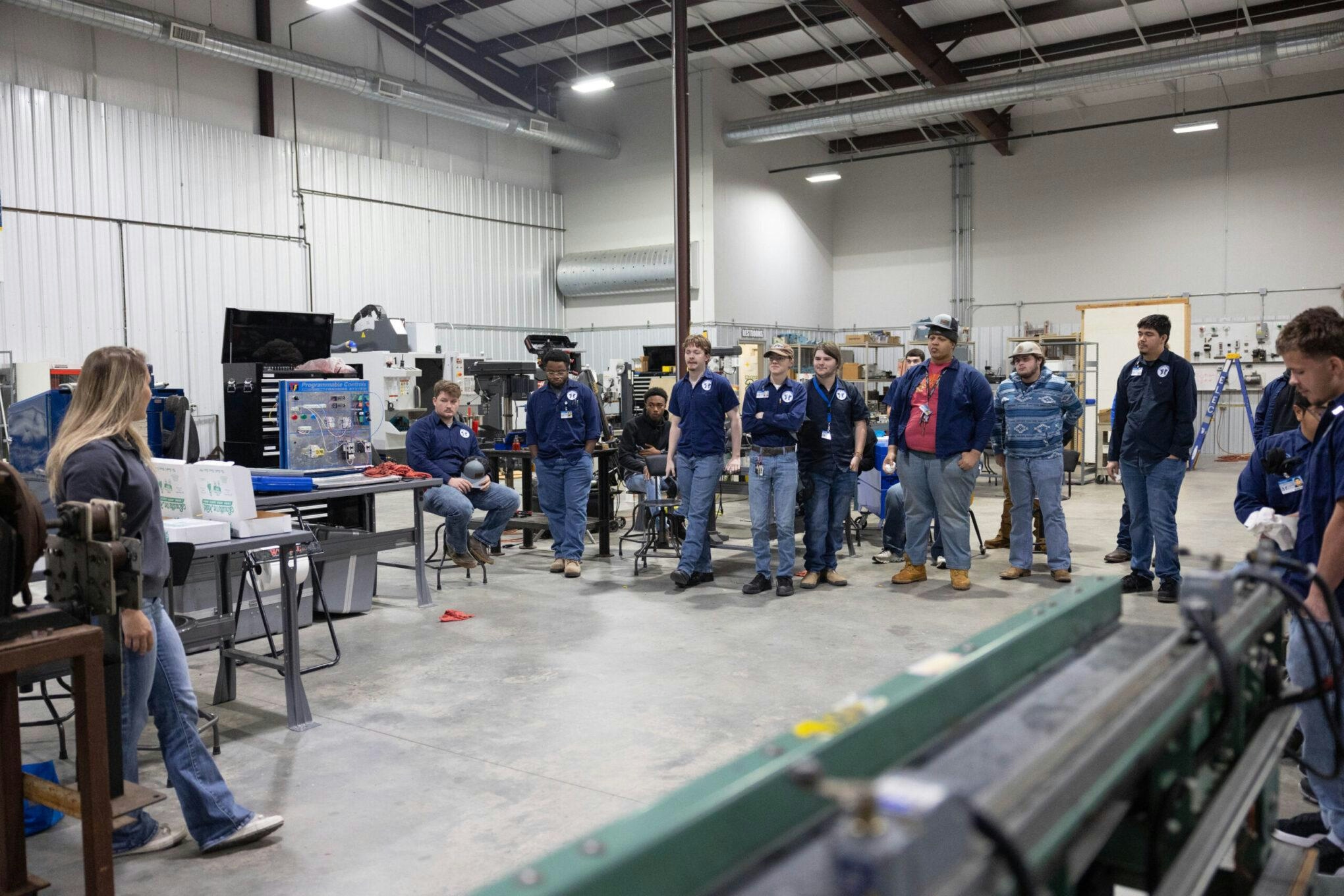
AeroGenie — Your Intelligent Copilot.
Trending
Categories
FL Technics Appointed as Honeywell Aerospace Channel Partner
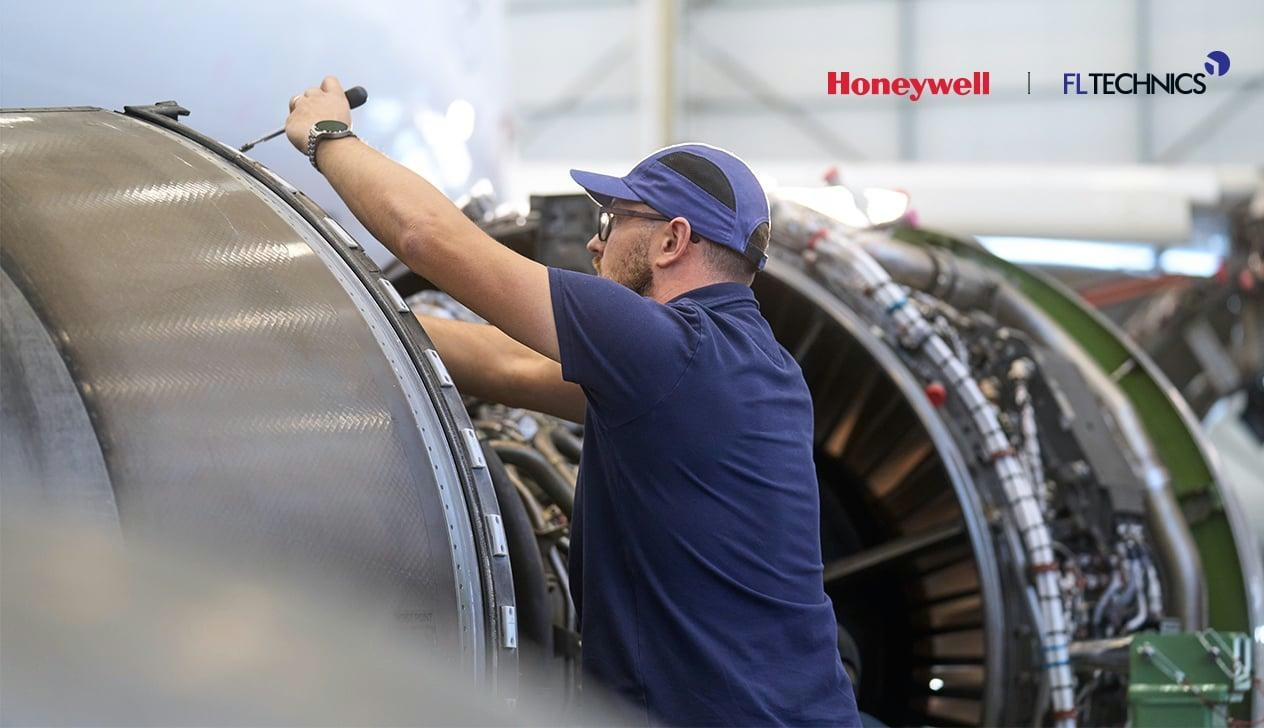
FL Technics Appointed as Honeywell Aerospace Channel Partner
Strengthening Regional Support and Service Integration
FL Technics has been officially appointed as a channel partner for Honeywell Aerospace Technologies, marking a significant development in the business and general aviation sector. This new partnership enables FL Technics to supply Honeywell engines and auxiliary power units (APUs), while also providing certified installation and support services directly from its maintenance, repair, and overhaul (MRO) facilities. Operating within an original equipment manufacturer (OEM)-approved framework, FL Technics will offer a comprehensive solution that integrates product supply with certified maintenance, streamlining processes for aircraft operators.
The collaboration aims to reduce turnaround times and eliminate the need for multiple handovers, thereby facilitating faster and more efficient servicing. All services will adhere to Honeywell’s official documentation and training standards, ensuring that customers receive high-quality, OEM-backed support.
Strategic Implications and Market Dynamics
For Honeywell Aerospace Technologies, the appointment of FL Technics aligns with its broader strategy to expand regional support for business and general aviation customers. As a global leader in aircraft engines, avionics, connectivity and data systems, and power solutions, Honeywell continues to prioritize partnerships that enhance service delivery and maintain its competitive advantage. Its products and software are widely integrated across commercial, defense, and space aircraft, as well as terrestrial systems, contributing to improved fuel efficiency, reduced delays, and enhanced flight safety.
Nonetheless, FL Technics’ new role introduces challenges related to integration within Honeywell’s established network and competition with existing partners. Industry observers are expected to closely monitor FL Technics’ operational capabilities and Honeywell’s strategic decision amid a highly competitive aviation services market. Competitors may respond by intensifying efforts to protect or expand their market share, underscoring the competitive pressures inherent in the sector.
Recent industry data highlights the ongoing importance of partnerships between Honeywell and its aviation collaborators, reflecting both the opportunities and challenges present. This collaboration demonstrates Honeywell’s commitment to providing operators with reliable, high-quality services that meet stringent OEM standards, while offering FL Technics’ customers enhanced confidence in the support they receive.
As the partnership progresses, both companies will need to address the complexities of integration and market competition, with the shared objective of delivering greater value and efficiency to business and general aviation operators.
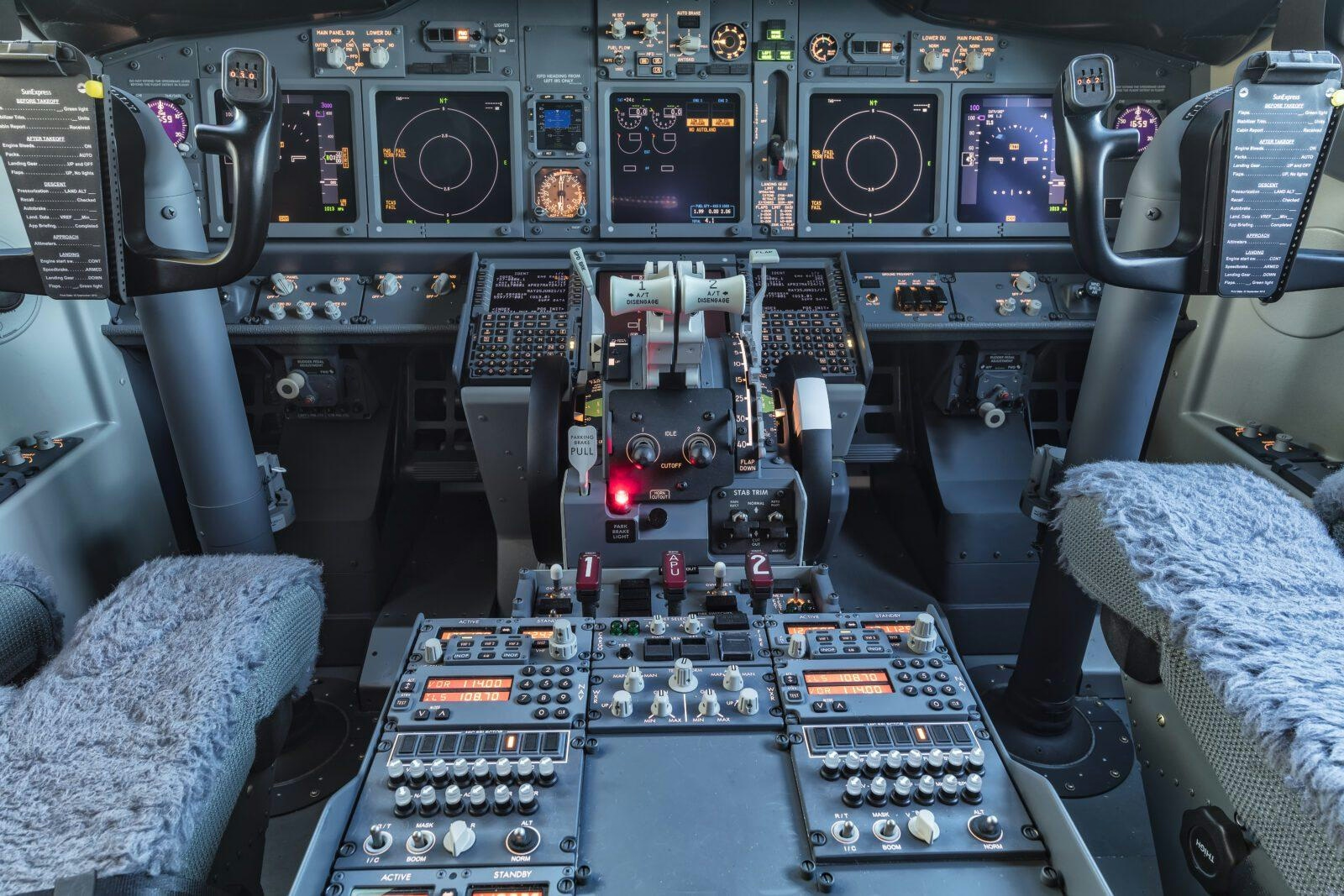
Investigators Examine Theory That Cockpit Sun Visor Caused Boeing 737 Engine Shutdown After Takeoff

Comparing the Fuselage Lengths of the Airbus A350-1000 and Boeing 787-10
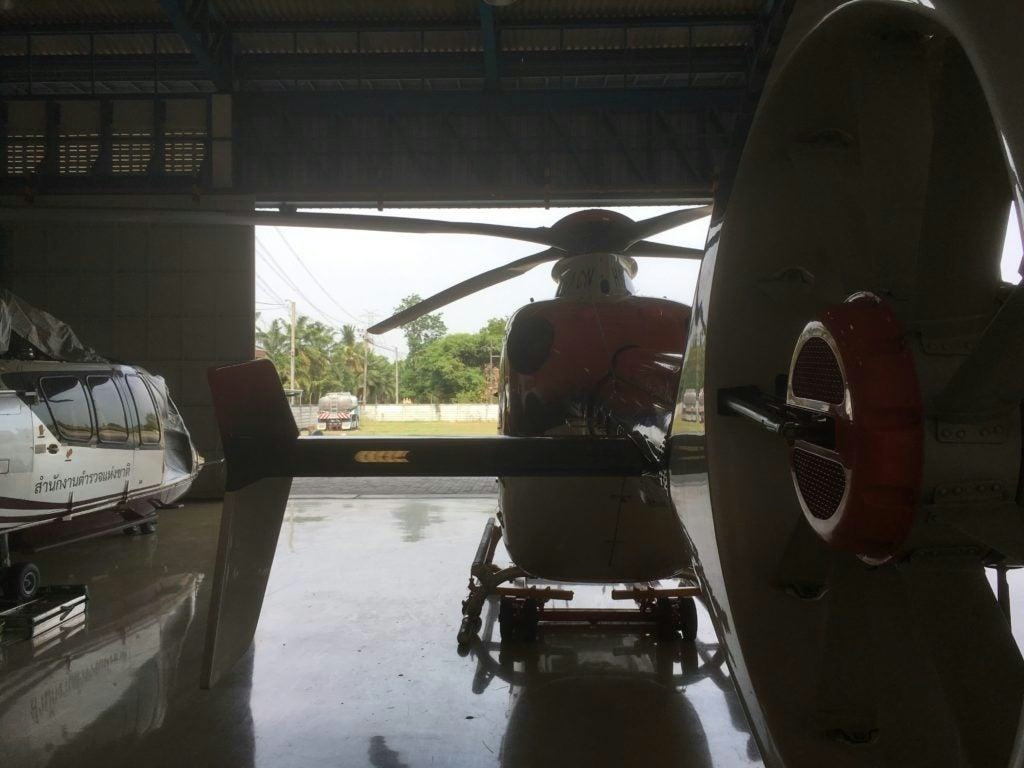
Thailand Establishes U-Tapao Aircraft MRO Center Contract for January 2026
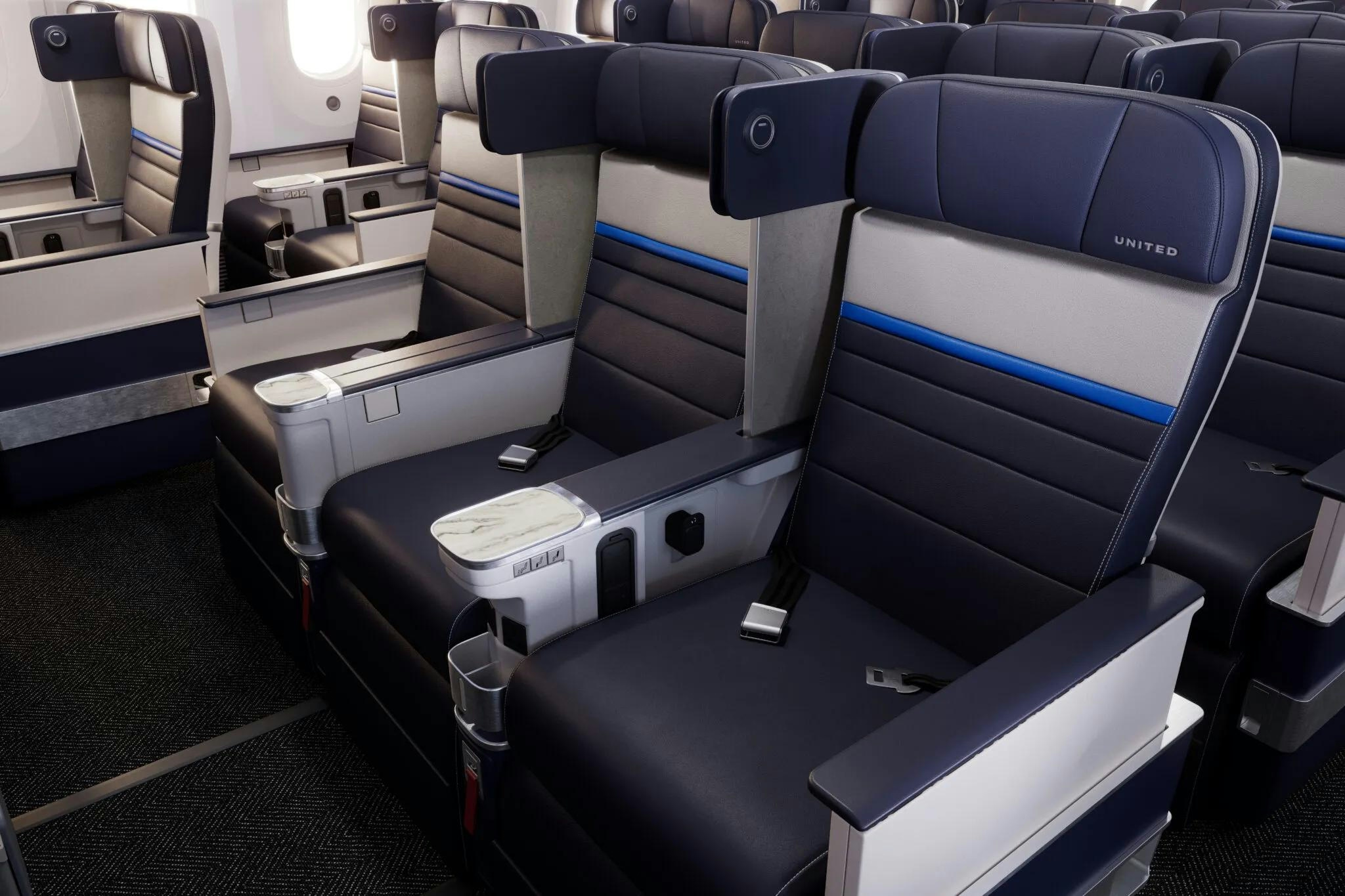
United Airlines Announces Routes for New Premium Boeing 787s
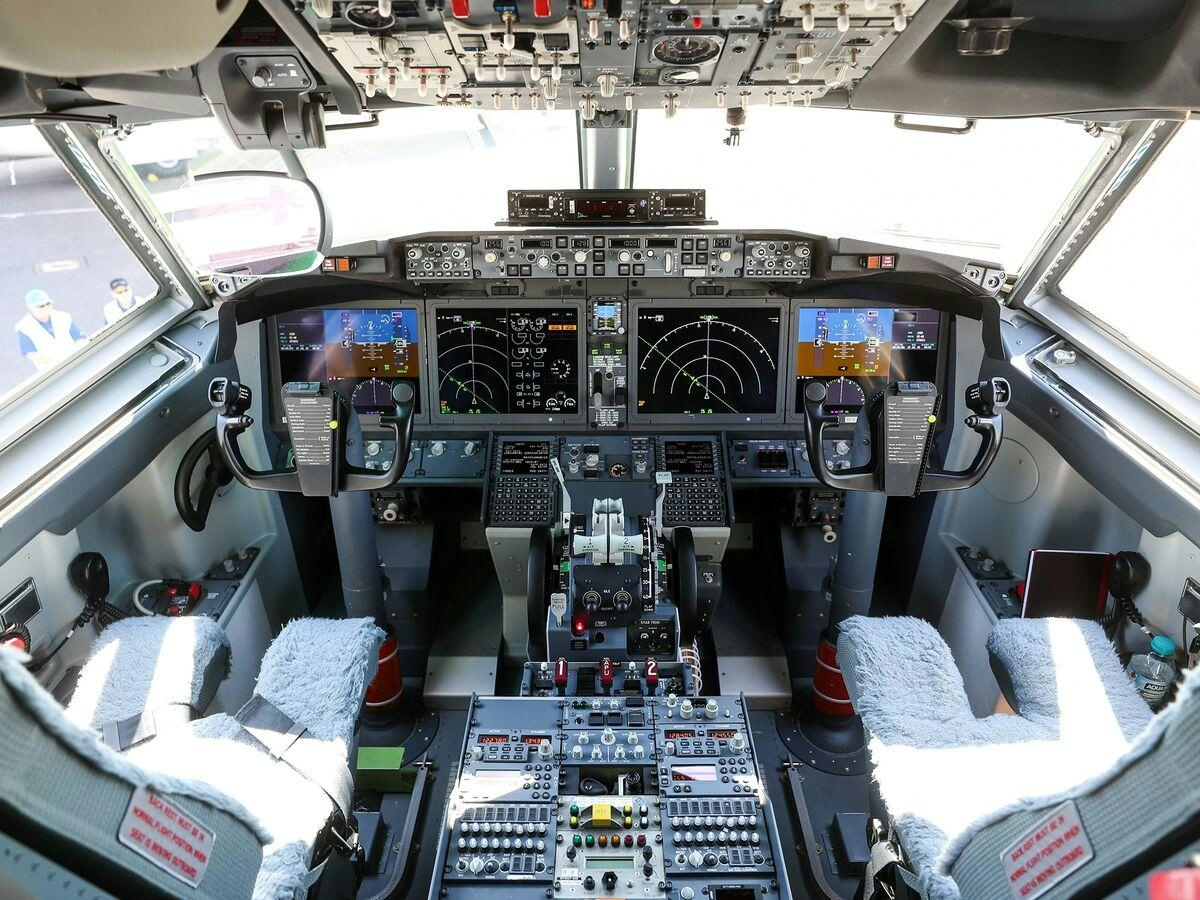
Boeing Introduces Remote Co-Pilot Technology
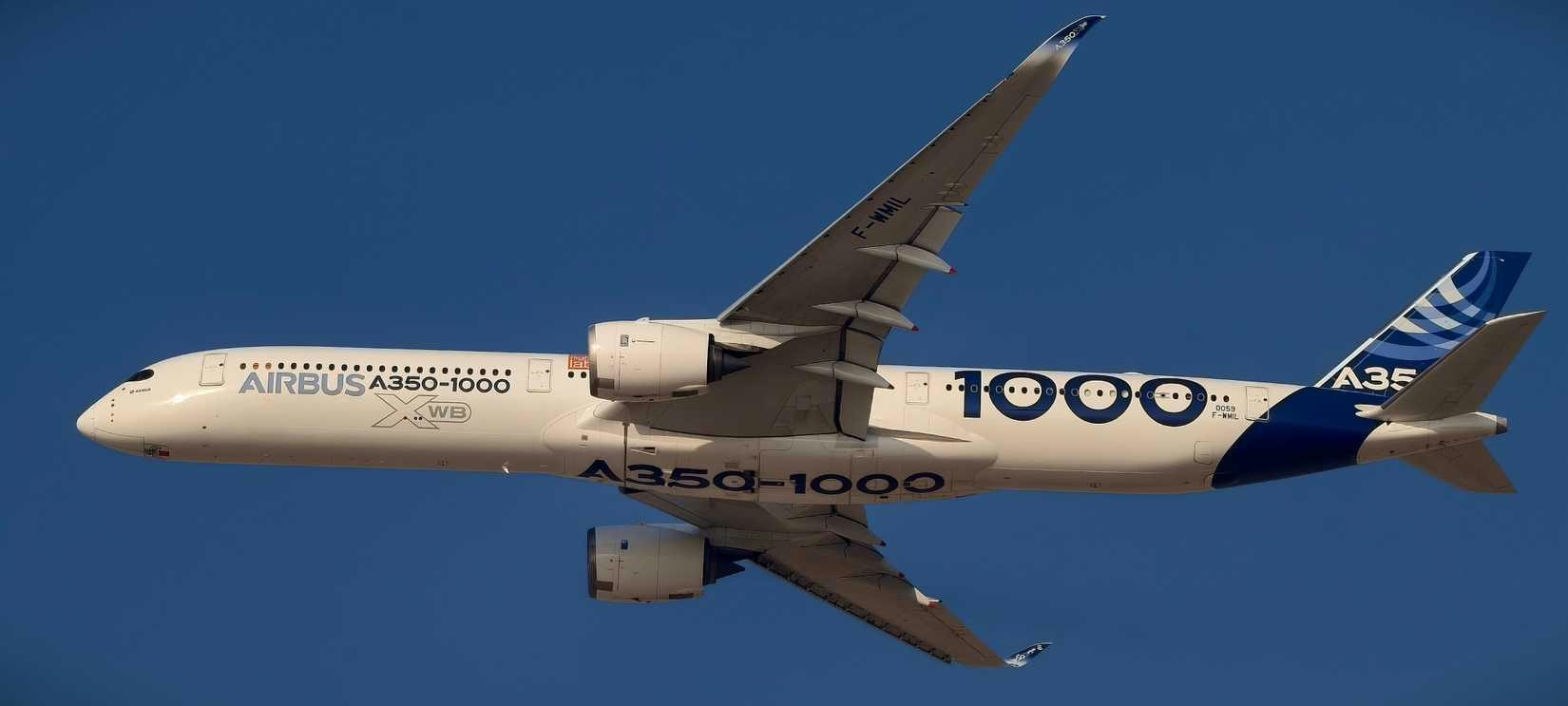
The Airbus A350-1000’s Fuel Efficiency Advantage Explained
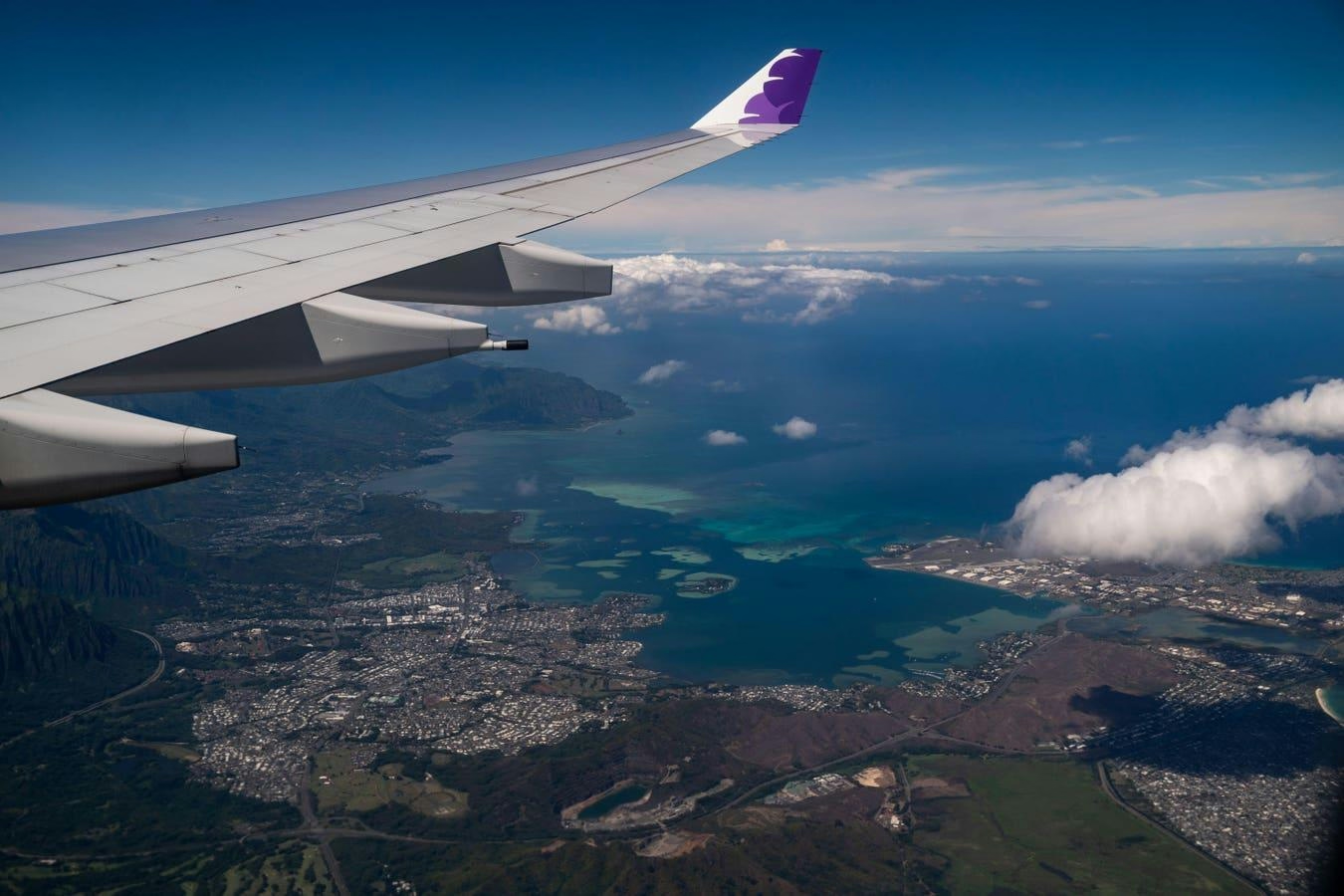
McNally Capital Expands Aviation Operations to Support Global Tourism

Two Young Climbers Begin Winter Ascent of McKinley

Elroy Air’s Autonomous Chaparral Delivers Lunch on A-to-B Flight
